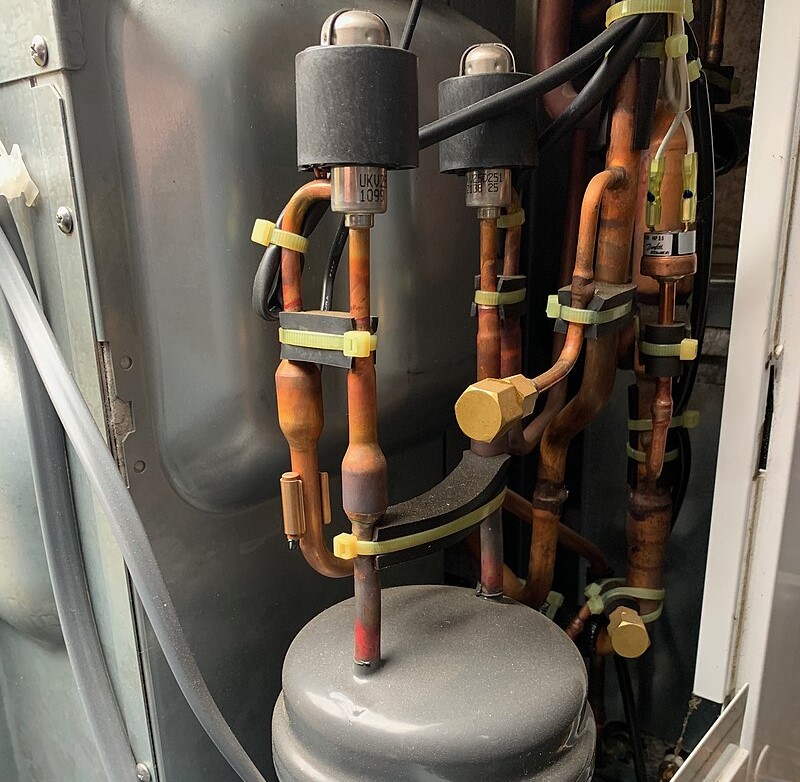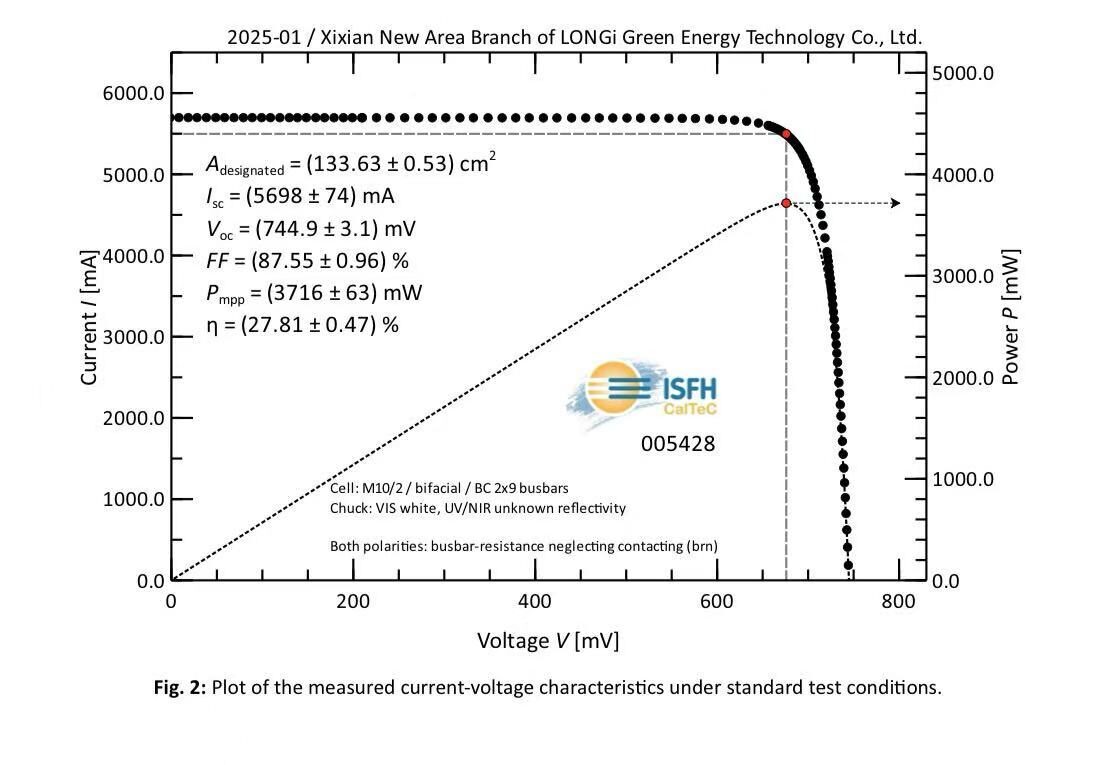An international research group has conceived a new air-source heat pump (ASHP) sizing methodology that is tailored to specific weather conditions. The new method was conceived for ASHPs used in detached houses for space-heating and domestic hot water supply.
The group presented the new approach in the study “Long-term climate-based sizing and economic assessment of air-water heat pumps for residential heating,” published in Applied Thermal Engineering, where it explained that the new approach utilizes long-term local climatic data and key parameters, such as ambient air temperatures, peak heat demand, unitary final energy, or seasonal heat demand.
“The proposed tool allows for a precise selection of HP, avoiding problems such as over- or under-sizing which may lead to inefficiencies,” the scientists emphasized. “By taking into account local weather variations and long-term trends, the tool ensures the economic viability of HP systems.”
The researchers said that the proposed approach was validated through a series of simulations on different sizes of Toshiba's 4th generation HPs – HWS-804H-E (8 kW), HWS-1104H8-E (12 kW), and HWS-1604H8-E (16 kW). They assumed the houses to have underfloor heating, which they said is the perfect match for HPs, and a “highly efficient” water system, with temperatures being set for central heating at 30 C and hot tap water at 45 C.
They compared the performance of these heat pumps with that of an EcoTherm Kompakt WBS 14E gas boiler with heat output ranging from 3.5 kW to 14 kW. The analysis was conducted assuming local weather data in Poland, Lithuania, and Croatia, which they said offers the advantage of having a “granular understanding of region-specific dynamics.”
According to the research group, the simulations showed that local weather conditions have a significant impact on the economic viability of ASHPs. “Comparison of cold and warm years shows the variability of the cost-effectiveness indicators,” they specified. “The more detailed the local conditions are considered, the more optimal the selection will be.”
Furthermore, the scientists found that ASHPs can compete with gas boilers only in some cases, with gas prices playing a key role.
“It is worth noting that when analyzing many years for a given location, the number of warm periods may be higher than that of cold periods,” they added. “Then, even though the optimal HP for a cold year will be significant, it may turn out that a smaller HP is more cost-effective.”
In the next phase of their work, they plan to incorporate climate change projections, refine model validations with external datasets to prevent overfitting, and expand the geographical applicability.
The research team comprised academics from the University of Zagreb in Croatia, the Opole University of Technology in Poland, and the Vilnius Gediminas Technical University in Lithuania.
This content is protected by copyright and may not be reused. If you want to cooperate with us and would like to reuse some of our content, please contact: editors@pv-magazine.com.




By submitting this form you agree to pv magazine using your data for the purposes of publishing your comment.
Your personal data will only be disclosed or otherwise transmitted to third parties for the purposes of spam filtering or if this is necessary for technical maintenance of the website. Any other transfer to third parties will not take place unless this is justified on the basis of applicable data protection regulations or if pv magazine is legally obliged to do so.
You may revoke this consent at any time with effect for the future, in which case your personal data will be deleted immediately. Otherwise, your data will be deleted if pv magazine has processed your request or the purpose of data storage is fulfilled.
Further information on data privacy can be found in our Data Protection Policy.